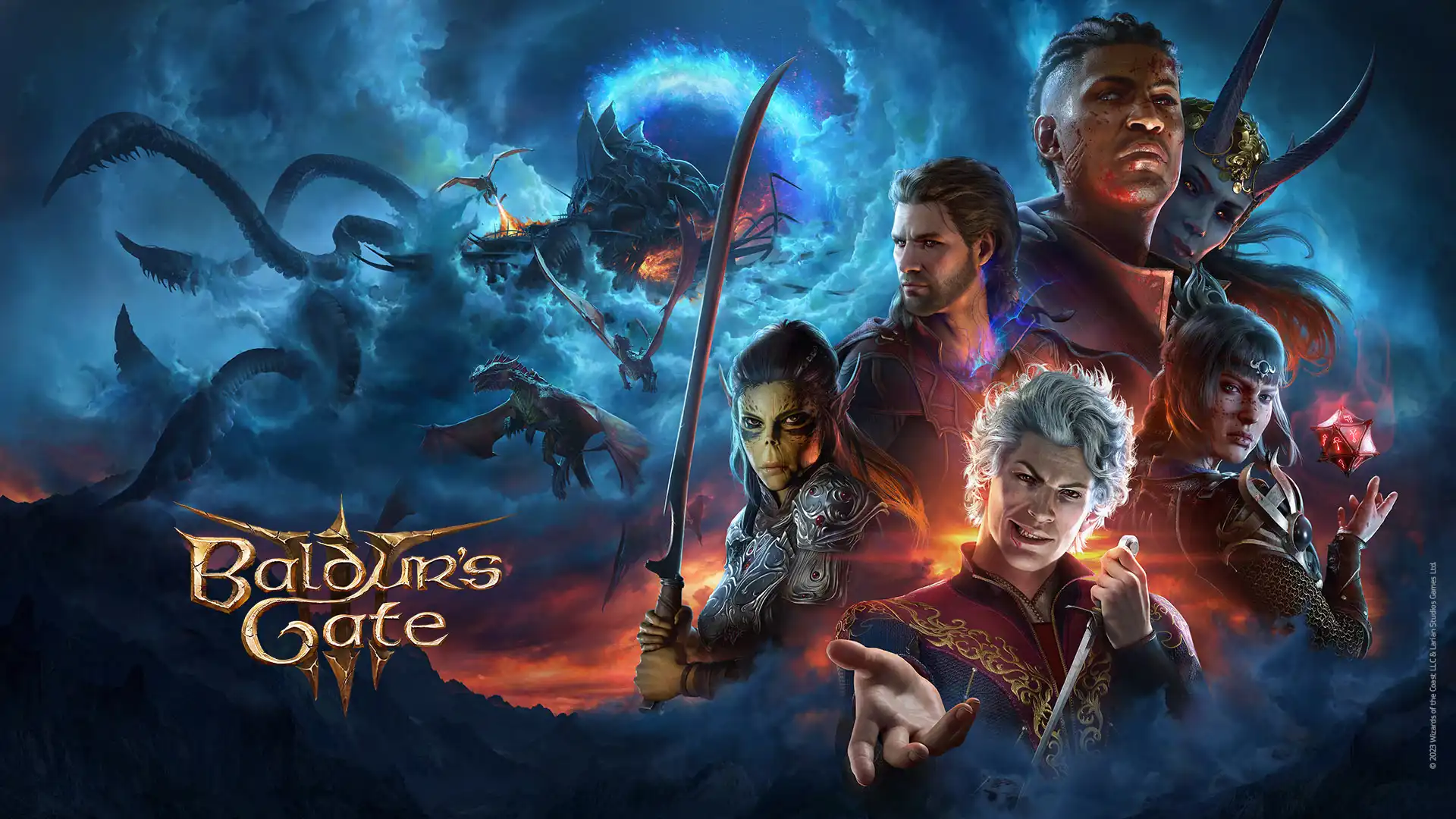The Armor Class (AC) is a central game mechanic in many role-playing games, including the popular Baldur's Gate series. It provides a baseline for understanding a character's toughness and defensive capabilities. However, it seems the interpretation of AC in these virtual realms has been greatly simplified, representing mainly the ability to evade attacks.
In classical role-playing settings, the AC represents a character's agility, the quality of their armor, and their skill in parrying or blocking attacks. Should a giant stone hurtled at a character with a high AC be treated the same way as a fast, but lighter attack? The concept of AC as only being representative of dodging doesn't take into account the diversity of factors that contribute to a character's defense.
Not every character dons the same type of armor, neither does every attack land with equal force or speed. Armor isn't just about evasion, some characters, especially heavily armored ones, should have the capacity to absorb hits with minimal damage. Thus, AC should ideally factor in both dodging capability and damage absorption.

Even the ability to shrug off damage should be differentiated. A rogue clad in leather armor might evade an attack while a knight in heavy plate armor would simply absorb it. Despite the different methods, both would avoid significant damage. It’s a concept that feels instinctively correct and yet is consistently overlooked.
Another point often neglected in many RPGs is the effect of armor class on spellcasting. Traditional gameplay mechanics rarely factor in the restriction heavy armor could place on a magic user's dexterity and spellcasting capabilities. This limitation should arguably be reflected in the ability to cast spells efficiently and effectively, adding another layer of complexity to the game.
One approach developers could consider is a stratified protection system. Depending on the strength and nature of an attack, different layers of a character's defense could be activated. Starting with evasion, then armor absorption, and finally, the character's innate physical resilience.
The character's ability to dodge attacks could be related to their agility or dexterity. Attacks that they fail to evade might then be absorbed by their armor. Stronger armor would naturally absorb more damage, while lighter armor would be less effective.
If an attack manages to penetrate both layers of defense, the damage inflicted would then depend on the character’s physique and natural durability. This schemata would prevent a scenario where a small dart and a giant boulder are considered equal threats to a heavily armored character.
Already complex, immersion can further be improved by introducing more realistic aspects of combat, such as an awareness system. In real-life, even the most skilled warriors can't defend from all directions at once. By including an awareness and positioning concept, the player must consider this when strategizing, rendering a 360-degree AC defense perhaps an impossibility.
Examples of this mechanism could include penalties for characters who are flanked or attacked from behind. Even how armor deflects certain onslaughts could be determined by the direction of the attack, providing a more sensible and engaging combat interface.
The concept of Armor Class has been used in role-playing games for decades and has become a staple in the gaming world. While it began as a comprehensive measure of a character’s defensive prowess, it's been simplified over the years to primarily represent the ability to dodge an attack.
However, this reduction fails to consider the variety in armor types, physical strengths, magical spells, and strategic variables that make role-playing games incredibly immersive and engaging. Expanding the concept of AC beyond just evasive maneuvers would present increased depth and strategic options.
Developers could consider revisiting the idea of the Armor Class system in RPGs; to devise a more robust and holistic approach to physical defense and danger mitigation. Failing to do so could mean anchored limitations in game play mechanics, reducing the thrill and potential in-game strategic variations.
Beyond these considerations, a more comprehensive AC system could contribute to more immersive storytelling. If a character's defensive capabilities are more reflective of their physical attributes and strategic abilities, the resulting gameplay would be more immersive and realistic. It could elevate the player's connection with the character, in turn, enhancing the overall narrative experience.
By revisiting and extending the concept of Armor Class, developers can introduce more strategic layers into their games, making them more captivating and immersive. They could create a world where gameplay decisions carry more weight, characters are more complex, and the gaming experience is significantly improved.
In such an environment, the essence of role-playing games, which is to immerse players in a different world, could be preserved. Instead of oversimplified game mechanics, players are presented with a complex, multi-layered defense system that truly mirrors the reality of battle.
This is not about a complete overhaul of existing gaming mechanics, but an augmentation of them. A more inclusive interpretation of Armor Class could make RPG gameplay more accurate, engaging, and diverse, bringing it closer not only to its original pen-and-paper roots but also to real-world principles of combat.
Revised Armor Class understanding offers an opportunity for developers to make their RPGs more engaging and immersive. A revamped AC system could allow players to delve deeper into the world they're playing in, experiencing battle strategies and defense mechanisms in new and exciting ways.